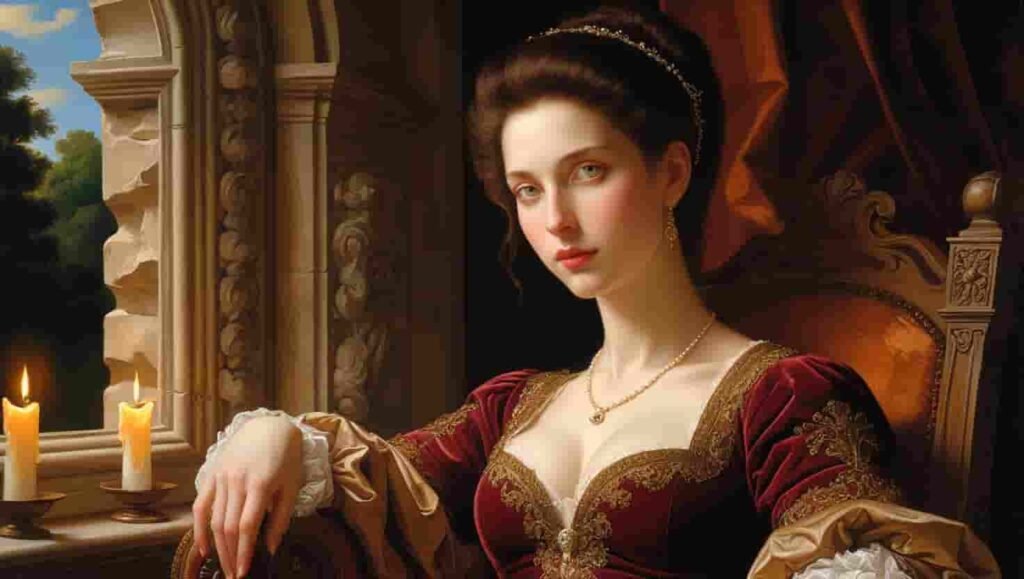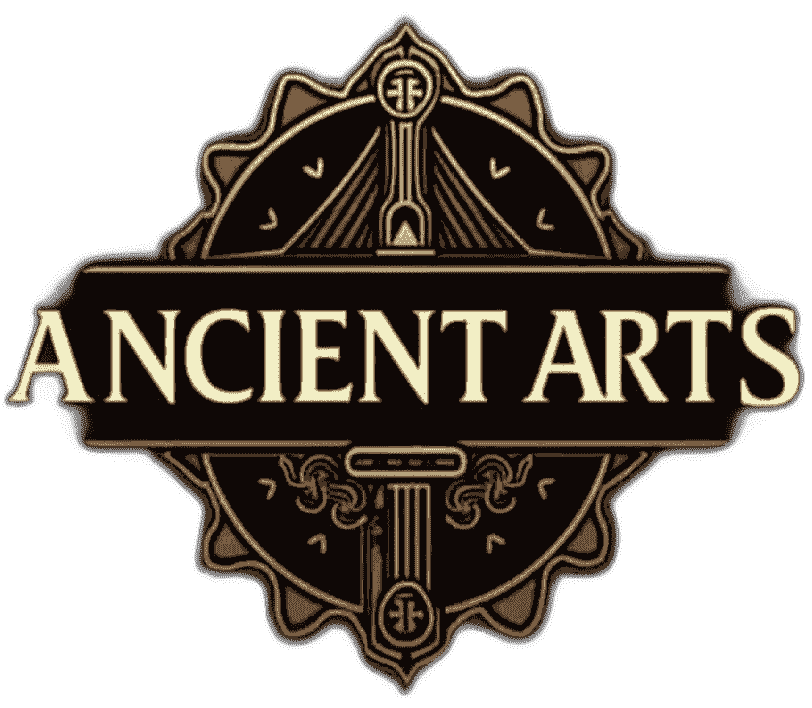Introduction
The story of Greek arts is a testament to human creativity and innovation that continues to captivate audiences worldwide. From the magnificent marble sculptures of the Classical period to the intricate pottery of the Archaic era, Greek art has profoundly influenced Western artistic traditions for over two millennia. This comprehensive guide explores the rich tapestry of Greek artistic achievement, examining its evolution, techniques, and lasting impact on global culture.
Historical Timeline of Greek arts
| Period | Date Range | Key Characteristics | Notable Works |
|---|---|---|---|
| Bronze Age | 3000-1100 BCE | Cycladic figures, Minoan frescoes | Palace of Knossos frescoes |
| Dark Age | 1100-800 BCE | Geometric patterns, stylized figures | Dipylon vase |
| Archaic | 800-480 BCE | Kouros and Kore statues, black-figure pottery | Peplos Kore |
| Classical | 480-323 BCE | Naturalism, idealized forms, Parthenon | Discobolus, Parthenon frieze |
| Hellenistic | 323-31 BCE | Dynamic movement, emotional expression | Winged Victory of Samothrace |
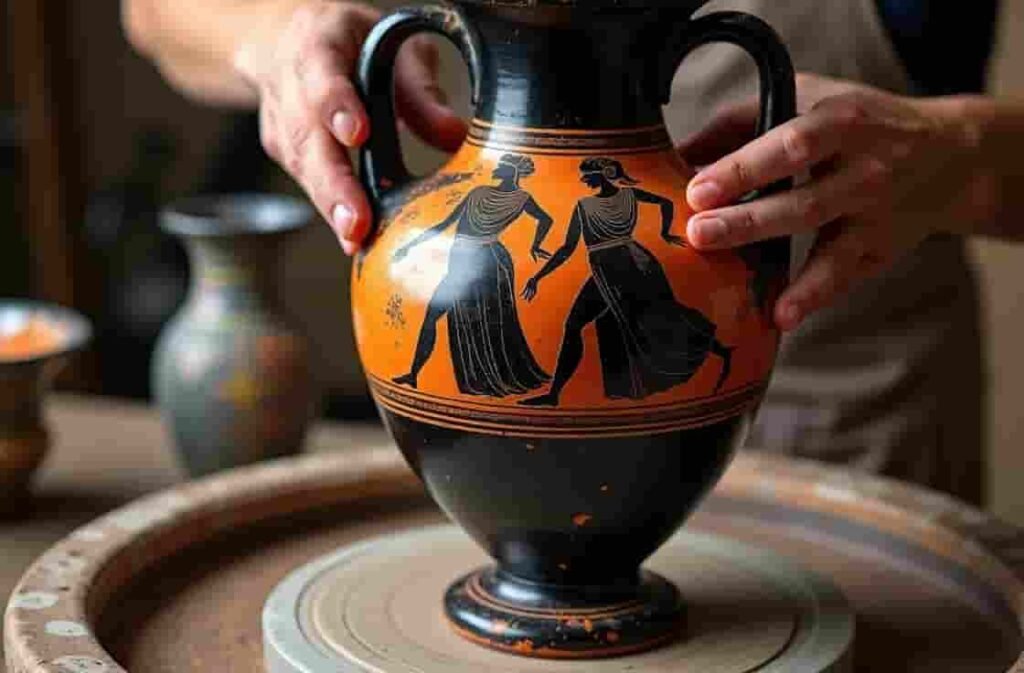
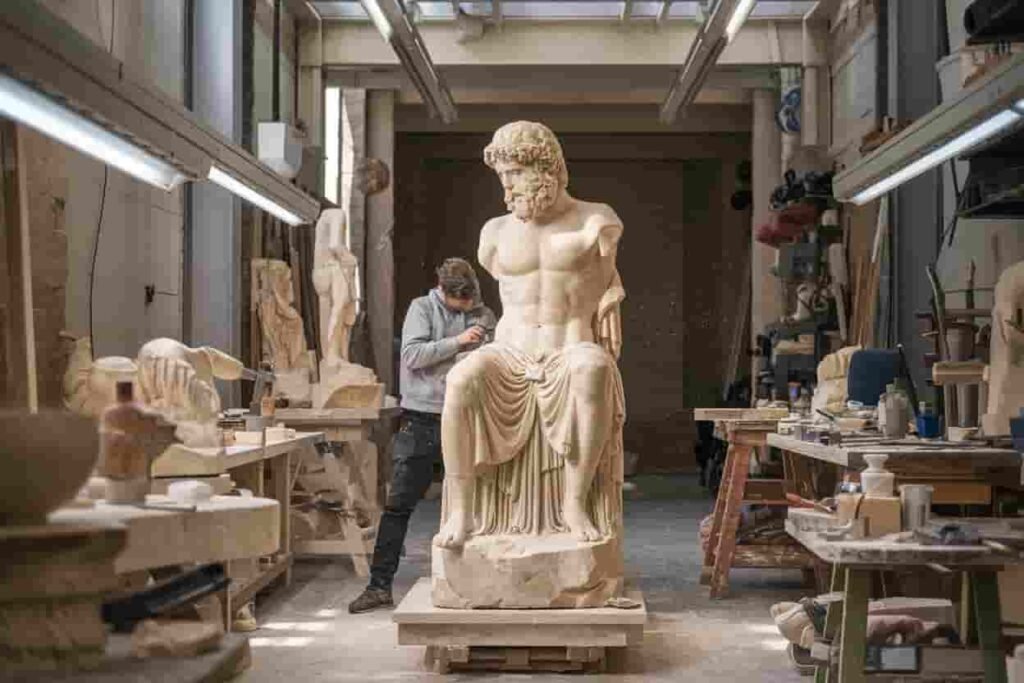
Major Periods and Their Characteristics
Bronze Age Art (3000-1100 BCE)
The foundations of Greek arts emerged during the Bronze Age, particularly through the Cycladic, Minoan, and Mycenaean civilizations. Cycladic art is renowned for its minimalist marble figurines, while Minoan art showcased vibrant frescoes depicting daily life, religious ceremonies, and natural scenes. The Mycenaeans, meanwhile, developed sophisticated metalworking techniques and created elaborate tomb decorations.
Dark Age Art (1100-800 BCE)
Following the collapse of Mycenaean civilization, artistic production shifted towards geometric patterns and stylized figures. This period, though often overlooked, established important artistic conventions that would influence later Greek arts, particularly in pottery decoration and funeral art.
Archaic Period (800-480 BCE)
The Archaic period witnessed a remarkable transformation in Greek arts. Artists began creating life-sized stone sculptures, developing the characteristic kouros (male) and kore (female) figures. This era also saw the emergence of black-figure pottery technique, allowing for more detailed narrative scenes on vessels.
Classical Period (480-323 BCE)
Often considered the golden age of Greek arts the Classical period established principles of ideal proportion and naturalistic representation that would influence Western art for millennia. Artists achieved unprecedented sophistication in depicting the human form, creating works that balanced idealization with anatomical accuracy.
Hellenistic Period (323-31 BCE)
The conquest of Alexander the Great led to a dramatic expansion of Greek artistic influence. Hellenistic artists pushed boundaries by creating dynamic, emotionally expressive sculptures and elaborate architectural ensembles. This period saw increased attention to individualistic portraiture and dramatic narrative scenes.
Key Elements and Principles
Proportion and Harmony
Greek artists developed sophisticated systems of proportion, including the golden ratio, to create visually pleasing compositions. These mathematical principles governed everything from temple architecture to sculpture.
Naturalism and Idealization
While Greek artists strived for naturalistic representation, they also sought to capture ideal forms. This tension between realism and idealization became a defining characteristic of Ancient Greek art.
Narrative and Symbolism
Greek art frequently incorporated narrative elements, telling stories from mythology and history. Artists developed complex symbolic systems to convey meaning through visual elements.
Famous Artworks and Artists
Sculptors and Their Masterpieces
- Phidias: Athena Parthenos, Zeus at Olympia
- Praxiteles: Hermes with the Infant Dionysus
- Myron: Discobolus
- Lysippos: Apoxyomenos
Architectural Wonders
- The Parthenon
- Temple of Apollo at Delphi
- Theater at Epidaurus
- Temple of Olympian Zeus
Influence on Modern Art and Architecture
Greek artistic principles continue to influence contemporary design and architecture. The classical orders (Doric, Ionic, and Corinthian) remain fundamental to Western architecture, while Greek ideals of proportion and harmony inform modern aesthetic theory.
Greek Art Techniques and Materials
Materials Used
- Marble and limestone for sculpture
- Bronze for statuary
- Terra cotta for pottery and architectural decoration
- Precious metals for jewelry and decorative arts
Technical Innovations
- Lost-wax bronze casting
- Red-figure and black-figure pottery techniques
- Encaustic painting
- Architectural refinements like entasis
Conservation and Modern Discoveries
Recent archaeological discoveries continue to enhance our understanding of Ancient Greek art. Advanced technologies like 3D scanning and spectroscopic analysis reveal new details about ancient techniques and materials.
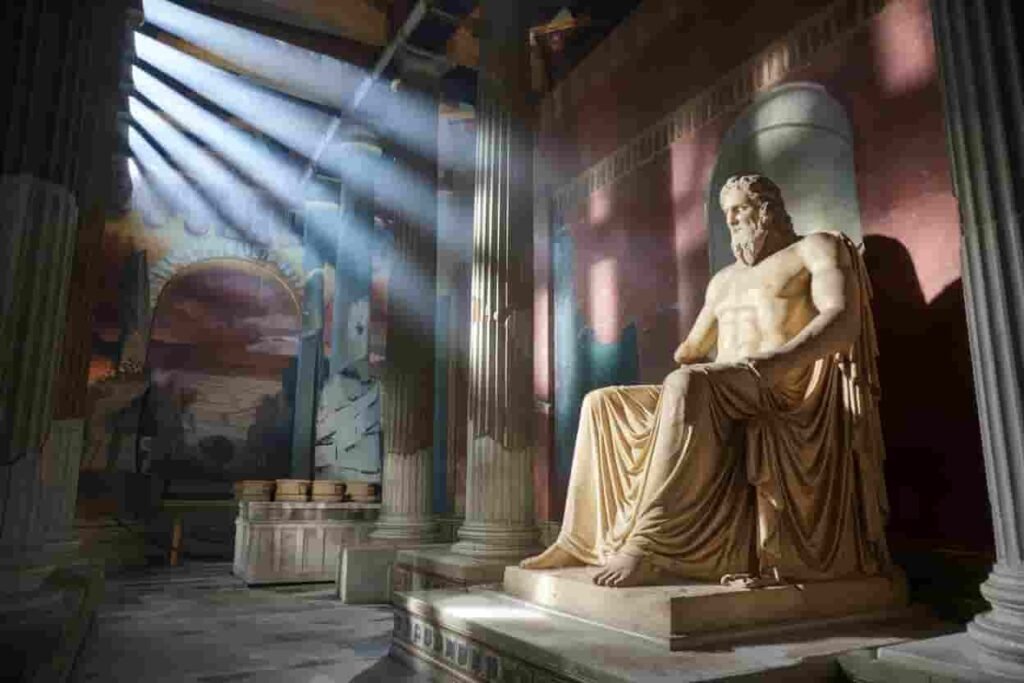
Frequently Asked Questions
Q: Were Greek statues originally painted?
Yes, most Greek sculptures and architectural elements were painted in bright colors. This practice, known as polychromy, has been confirmed through modern scientific analysis.
Q: How did Greek artists achieve such realistic proportions?
Greek artists developed sophisticated systems of measurement and proportion, including the canon of Polykleitos, which established ideal ratios for the human figure.
Q: What materials did Greek artists prefer?
While Greek artists worked with many materials, Pentelic and Parian marble were particularly prized for sculpture, while bronze was favored for public monuments.
Q: How did Greek art influence Roman art?
Romans extensively copied Greek artworks and adopted Greek artistic principles, helping to preserve and transmit Greek artistic achievements to later cultures.
Conclusion
Greek art represents one of humanity’s greatest artistic achievements, establishing principles and practices that continue to resonate in contemporary culture. Its emphasis on harmony, proportion, and the idealized human form has profoundly shaped Western artistic traditions. As we continue to study and discover more about ancient Ancient Greek art, its relevance and influence only grow stronger, offering endless inspiration for new generations of artists and admirers alike.


